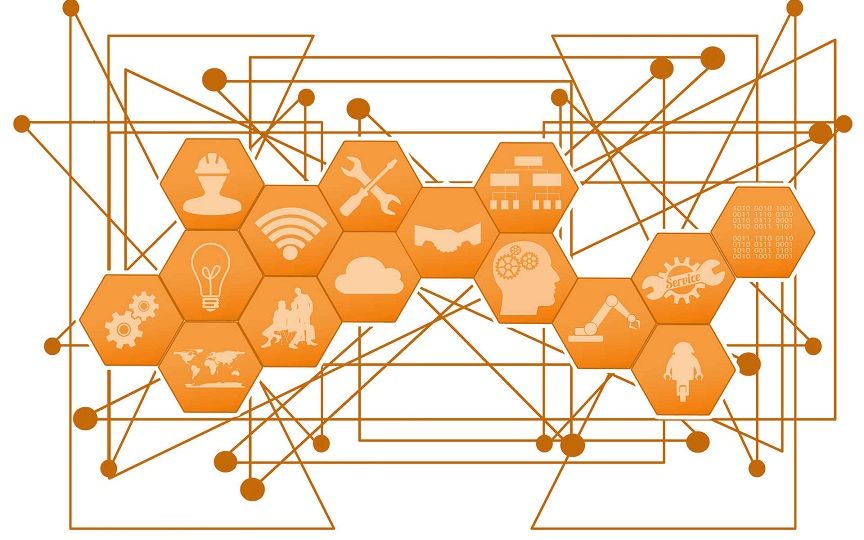 Data-related tools and methods are taking center stage in customer acquisition, retention and satisfaction in a number of industries. In the past, marketers could collect only demographic data retrieved during transactions. This greatly limited their ability to narrow down target audiences, since only name, gender, address and possibly age and occupation could be known.
Data-related tools and methods are taking center stage in customer acquisition, retention and satisfaction in a number of industries. In the past, marketers could collect only demographic data retrieved during transactions. This greatly limited their ability to narrow down target audiences, since only name, gender, address and possibly age and occupation could be known.
Today, the vast majority of people leave precious bits of information all over the Internet. This data can then be analyzed and interpreted to understand peoples’ needs and desires. Moreover, with the proliferation of IoT technologies, valuable data can now be collected from in-store sensors and wearable devices such as smart watches. This opens up new, exciting possibilities for retailers to better understand their customers’ profiles and adjust their business strategies accordingly, through strategic partnerships in data science consulting.
Let’s look at the top three use cases for data science in retail.
Price Optimization
Nowadays, setting the right price for a particular product falls somewhere between rocket science and art. Market conditions, seasonality, time of the day, demand, product attributes, customers’ mood, business KPIs, product costs and currency rates are only some of the price-forming factors that are constantly changing.
In the e-Commerce realm, these factors can change in a matter of minutes, which makes price adjusting extremely difficult. Not only because it would take sufficient human resources to adjust prices accurately, but also because human errors are inevitable. This is where the powerful symbiosis of machine learning and data science comes into play.
Completely automated ML algorithms don’t care about how much data you feed into them, and they even continue to deliver more accurate results as retailers keep using them. Furthermore, today’s advanced ML tools can help retailers set prices depending on their preferred strategy. Whether you need to entice a particular customer group away from competitors or set a fair price for an upcoming sale, an advanced ML tool acts as an error-free, cold-hearted data analyst that can consider countless factors to set the perfect price.
Recommendation Engines
Recommendation engines are the bread and butter of todays’ online retail shops. Back in 2010, Amazon left their competitors far behind with the introduction of recommendation engines, attributing 35% of its sales to personalized recommendations.
However, recommendation engines are now far more advanced than Amazon’s ‘customers who bought this also bought…’ widget introduced 10 years ago. AI tools have successfully penetrated the industry, to the point where customers’ choice of an online shopping platform can be entirely based on the relevancy of recommendations. Demographic data, information retrieved from social media pages, search history, shopping cart data, device type and online session data are all important factors in deciding which products to recommend at a specific time.
A deep learning algorithm also considers consumers with similar tastes and, most importantly, recognizes which products a customer is likely to buy next based on previous purchases and online behavior. Besides obvious complementary products, like a toothpaste going well with a toothbrush purchase, modern advanced deep learning tools can accurately identify even fashion preferences and recommend products accordingly.
Dynamic UX Design
A study by Toptal reveals that 88% of consumers won’t return to the web site after their first bad experience. It’s important to note that in terms of UX design, ‘bad experience’ can mean many things. A poorly optimized mobile web site, long loading times (more than three seconds) or a slightly misplaced ‘purchase’ button can all have a detrimental impact.
While there are widely accepted UX design rules that can be universally applied to most web sites and apps, different target audiences have very specific tastes and behavioral patterns. These need to be addressed for maximum customer conversion and retention rates.
AI-powered tools can now interpret user behavior, detect trends and adjust user interfaces accordingly. Leading retail companies can differentiate customer experience in near real time by analyzing specific user navigation patterns. By capturing all possible data, including geographical location, previous online activity and time of the day, AI algorithms can adjust certain navigational elements to suit specific customers’ needs and wants. For example, Netflix’s AI-powered tool gathers engagement data for different versions of thumbnails and then identifies which graphic layouts resulted in the most clicks.
The Future Of Data Science In Retail
Retail giants like Amazon, Alibaba and Walmart have an unprecedented competitive advantage over other retail platforms because of their enormous datasets and ever-developing machine learning algorithms. Smart AI-based systems are slowly but surely becoming a staple of managerial decision-making, which will inevitably turn into a fully automated process. Data is becoming more sophisticated, and it’s just a matter of time when AI will be able to identify your favorite type of t-shirts based on your movie tastes.
Although an online marketplace has proven to be an extremely profitable business model, experts predict that physical retail stores will re-emerge in the next few years. Amazon proved this to be likely with their first Amazon Go store opened in 2018.
However, it will hardly be your usual brick-and-mortar store. Customers can now simply scan a product’s QR code and walk out, while the app processes the payment automatically. While consumers are enjoying the convenience provided by the technology, Amazon has again found the opportunity to collect more data. Applying the insights gained from online retailing to the physical shopping realm is a long-term plan for big players. Physical stores won’t go away in the next few decades, but they will definitely look different.
Kate Prohorchik is a Technology Observer
at Iflexion.
She combines business development, marketing and sales backgrounds in the
retail IT industry. For the last eight years she’s been helping
brick-and-mortar as well as digital retailers embrace disruptive technologies
and adapt to the new customer-centric reality. Now her expert voice finds its
way into her articles on transformative effects of digital innovations in the
retail industry.




